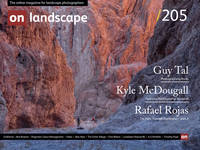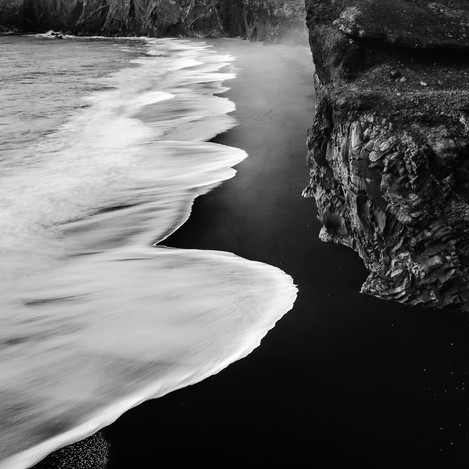Case Study “Septentrio”

Rafael Rojas
Rafael Rojas (Master Hasselblad 2014, MA Photography, ARPS), is a Swiss and Spanish full-time artist photographer, lecturer, author, and creativity mentor.
He has been involved in teaching most of his life, first helping young students, then teaching undergrads, and later as a university lecturer.
Nowadays, his teaching activities focus on helping photographers see the world with different eyes and use photography as a tool of personal and creative expression.
After seven years of work, the MasterCOURSE “Photography with Intent”, an intensive mentoring program for Expressive Photographers, has become the apex of his teaching career and his utmost contribution to the Community of Photographers.
In the last two articles of the series “The path towards expression”(see part 1 and part 2), I tackled the particularities of using photography as a tool of personal expression. As we saw, when a clear intent leads the way throughout the whole photographic process, we increase the likelihood of ending up with a coherent body of work that transmits concept, emotion and a clear message to the observer.
In this article, I will analyse a case study, using one of my personal projects: “Septentrio”. For once, the importance here will shift from the photographs (the end result) to the process and its coherence.
Even if most of the time we will work intuitively in the field, it is important to be able to consciously and rationally approach our work before and after it has been done. In these moments of conscious awareness and analysis, it is a good practice to identify our reasons to photograph, the underlying concepts, the emotional connotations we want for our work, the context in which it stands, its potential audience and how and where we want it to be disseminated.
Being able to “defend”, theoretically, conceptually, emotionally and artistically our work is one of the best ways to scrutinise its coherence, relevance and genuine character. As expressive photographers, we enjoy total artistic freedom. But with freedom comes the responsibility of choice. Being free means we can take any path we want, and that is why it is so important to know why take one path and not another, and how to remain coherent along the way.
Forcing ourselves to verbalise our reasons to make a certain body of work, and describe our intent, register, objectives and sources of inspiration allows us to “test” our work. If our work is more than a shallow visual exercise and not someone else’s work in disguise, we will be able to answer the three questions that according to Robert Adams a critic should ask: What was I trying to do? Did I successfully do it? Was it worth doing?


